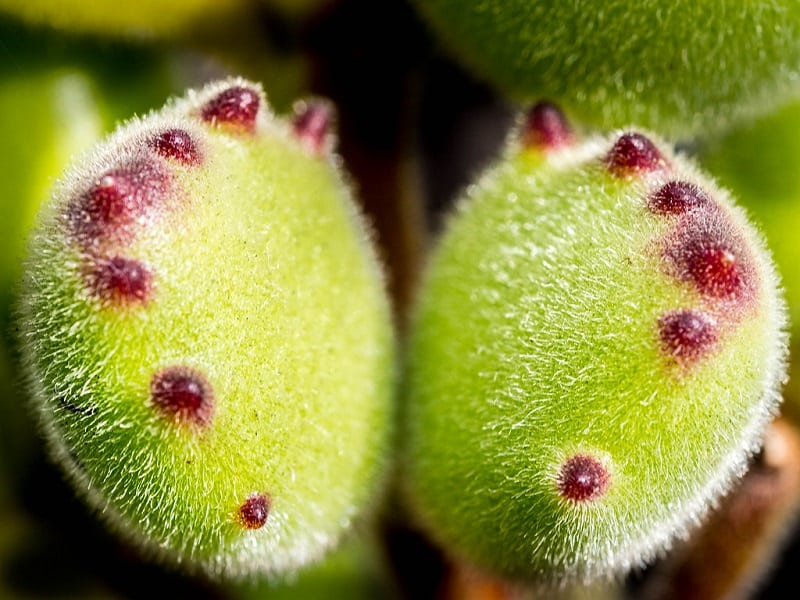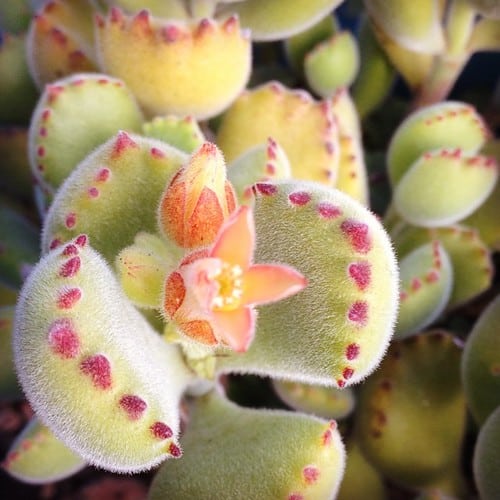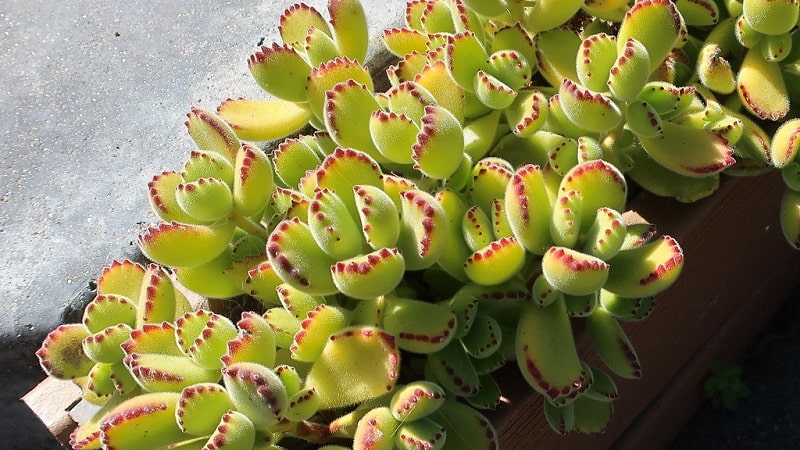Stop Your Bear Paw Succulent from Losing Leaves: Expert Advice
Cotyledon tomentosa is a super cool succulent that looks fluffy, almost like a bear’s paw or claw. It’s from southern Africa, specifically the Western Cape and Eastern Cape provinces.
But sometimes, if you’re not careful, the leaves of this lovely plant might start to fall off. Don’t worry though, because we’re here to help you out. We’ve put together a list of the most common reasons for this leaf loss and some ideas on how to fix them. So keep reading to find out how to take care of your bear paw succulent!

Contents
Why are Bear Paw Succulent Leaves Falling Off?
Lack of Light
One reason your bear paw plant may be losing its leaves is that it’s not getting enough sunlight. These plants are native to South Africa, where they enjoy 12 hours or more of sunshine every day. If they don’t receive enough light, they can feel threatened and shed their leaves for protection. This often happens during the darker seasons.
To fix this issue:
- Move your succulent to a sunny spot near a south-facing window.
- During winter, when sunlight is scarce, use a plant grow light to make up for the lack of natural light.
Remember, the cooler the location in winter, the less light the plant needs. Avoid keeping your bear paw succulents in a warm room.

Wet Soil
Bear paw succulents have a smart trick of storing water in their leaves, branches, and roots, which helps them survive in tough conditions worldwide. However, this doesn’t mean the soil should be constantly wet. In fact, these succulents prefer dry, well-draining soil. If the roots become waterlogged, the leaves may start to fall off.
Here’s how you can get your plant back on track:
- Immediately repot the bear paw plant with dry soil.
- Thoroughly clean the roots, removing any wet soil.
- Trim any rotten roots using a clean, sharp knife.
- Plant the succulent in fresh, dry succulent soil.
Avoid watering the repotted plant right away. Instead, wait 2 to 3 weeks and use the finger test to check if it needs watering.
By addressing these common issues, you can help your bear claw plant thrive and keep its leaves where they belong.
Pro Tip:
If you notice that the leaves of your succulent are turning yellow before falling off, it’s a sign that the plant lacks calcium. This happens when the water you use to irrigate the plant contains a lot of minerals, causing the lime content in the soil to increase. As a result, nutrients are unable to reach the leaves, leading to leaf loss.
To solve this issue, try using rainwater or tap water that has been treated to remove minerals when watering your succulent. This will prevent the buildup of excess minerals in the soil and ensure that the plant receives the necessary nutrients for healthy leaf growth.
How to Care for Bear Paw Succulents
Choosing the Right Spot
For your bear paw succulent, find a sunny spot where it can enjoy direct sunlight. During the summer, it can even be placed outdoors in a sheltered area, but if the temperature drops below 15°C, it’s best to bring it back inside. Ensure that the soil allows proper water drainage by using a mixture of cactus soil and mineral components.

Watering and Fertilizing
Similar to most other succulents, the soil should be completely dry before watering again to avoid waterlogging. Remember, it’s better to underwater than to overwater your bear paw succulent.
You can fertilize it approximately every four weeks during its growth phase, which typically occurs from March to August.
Winter Care
During winter, maintain a temperature around 59°F for your succulent. Water sparingly during this time and avoid fertilizing altogether. Also, make sure to place your Cotyledon tomentosa in a well-lit area during the winter months.
Dealing with Pests
Mealybugs can be a problem for your succulent during winter, while attacks by pests are rare in summer.
Bear Paw Succulent Propagation
The most successful method of propagating this succulent is through cuttings. If your bear paw is still small, it’s best to let it grow a little more before taking cuttings. However, if it’s already a good size, you can take a cutting, allow it to heal, and then plant it in a new pot. Wait for it to develop roots, and you should have no trouble propagating it using this method.
Read more here:
Bear Paw Succulent Propagation Guide (High Success Rate)
